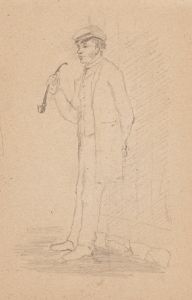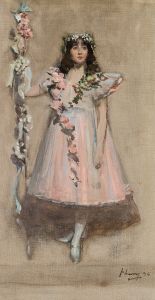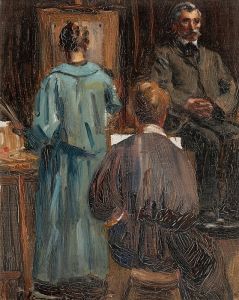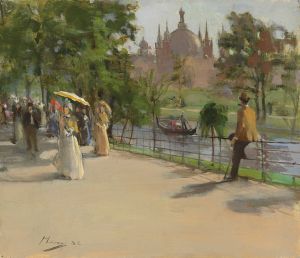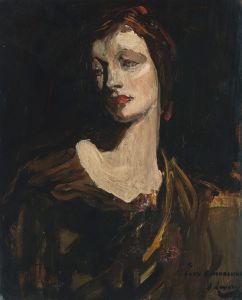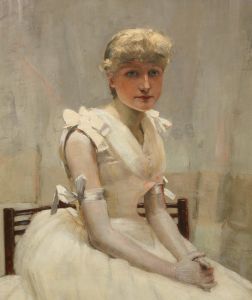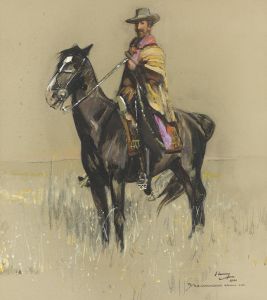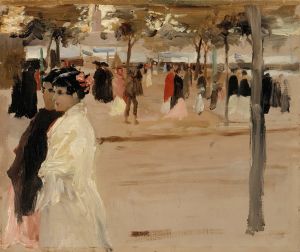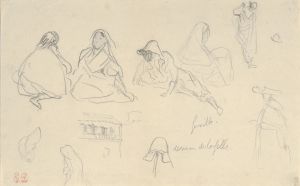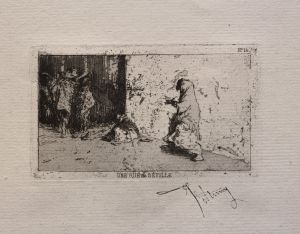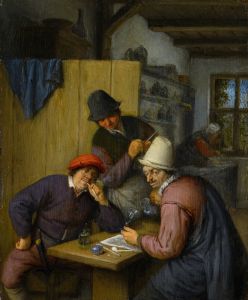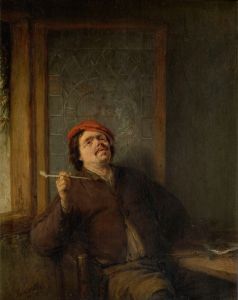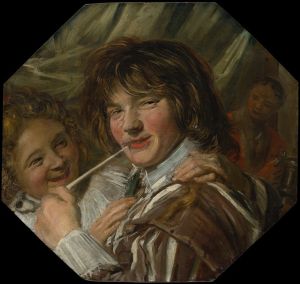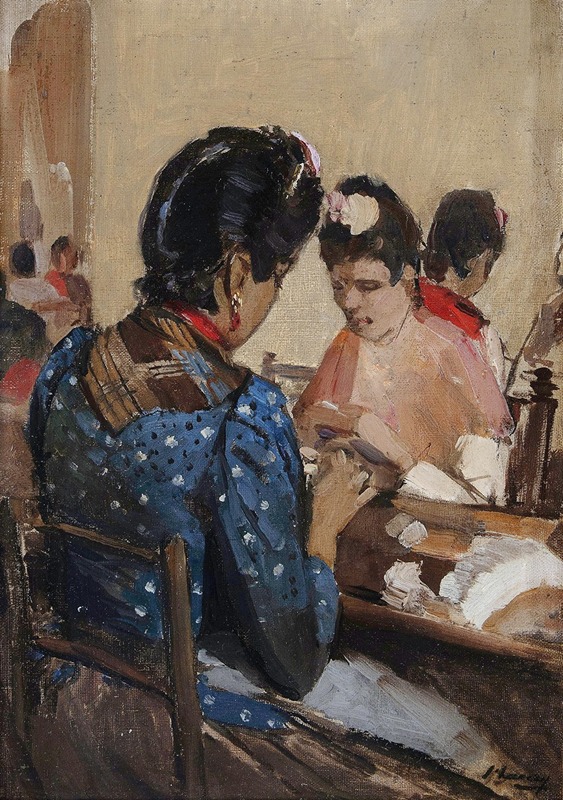
Cigarette Makers in Seville
A hand-painted replica of Sir John Lavery’s masterpiece Cigarette Makers in Seville, meticulously crafted by professional artists to capture the true essence of the original. Each piece is created with museum-quality canvas and rare mineral pigments, carefully painted by experienced artists with delicate brushstrokes and rich, layered colors to perfectly recreate the texture of the original artwork. Unlike machine-printed reproductions, this hand-painted version brings the painting to life, infused with the artist’s emotions and skill in every stroke. Whether for personal collection or home decoration, it instantly elevates the artistic atmosphere of any space.
Cigarette Makers in Seville is a painting by the Irish artist Sir John Lavery, completed in 1883. Lavery, known for his portraiture and depictions of contemporary life, created this work during his early career, a period when he was traveling and studying art in Europe. The painting captures a scene inside a cigarette factory in Seville, Spain, where women are shown engaged in the process of rolling and preparing cigarettes.
The subject matter reflects Lavery's interest in everyday life and labor, a theme that was common among artists influenced by realism in the late 19th century. The factory depicted in the painting is likely the Royal Tobacco Factory (Real Fábrica de Tabacos) in Seville, which was one of the largest and most significant tobacco factories in Europe at the time. The factory employed a large number of women, known as "cigarreras," who became iconic figures in Spanish culture and were often romanticized in literature and art. These women were known for their independence and strong personalities, which may have drawn Lavery's attention as a subject.
The composition of the painting features a group of women seated and working, with light streaming into the factory space. Lavery's use of light and color demonstrates his developing skill as a painter and his ability to capture the atmosphere of the scene. The work also reflects the influence of Spanish art and culture on Lavery during his time in the country.
This painting is considered an important example of Lavery's early work and provides insight into his artistic development before he gained widespread recognition for his portraits and society paintings. It also serves as a historical document, offering a glimpse into the working conditions and social dynamics of the time.
The current location of the painting is not widely documented, and it is unclear whether it is held in a public or private collection.





